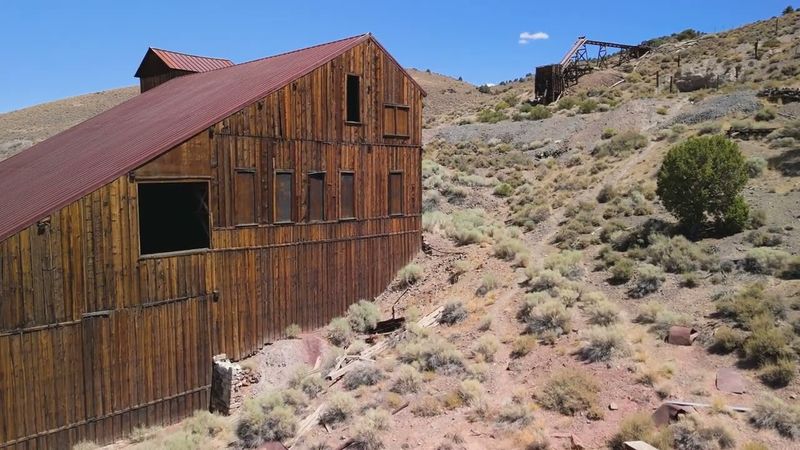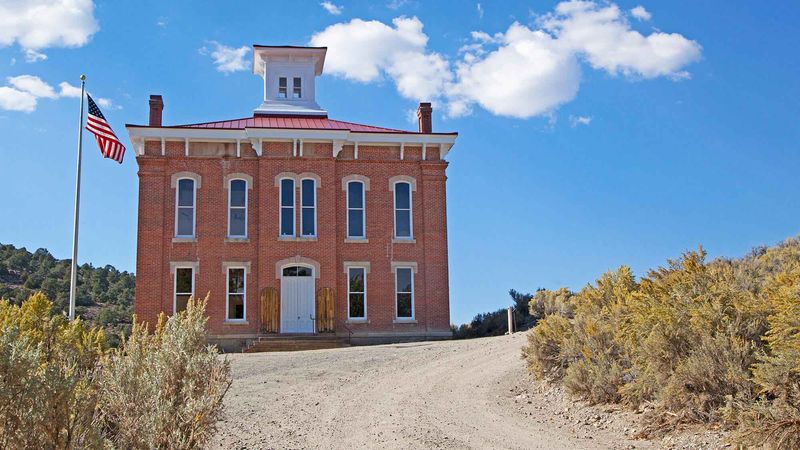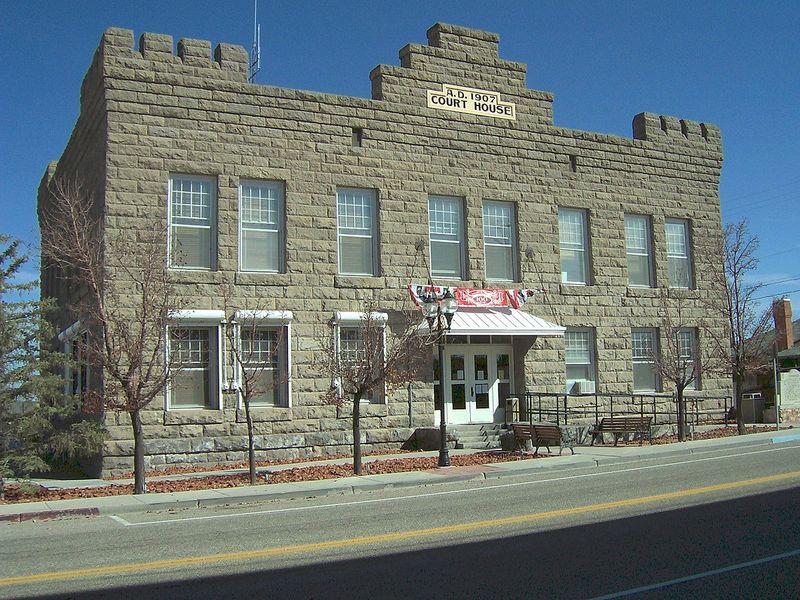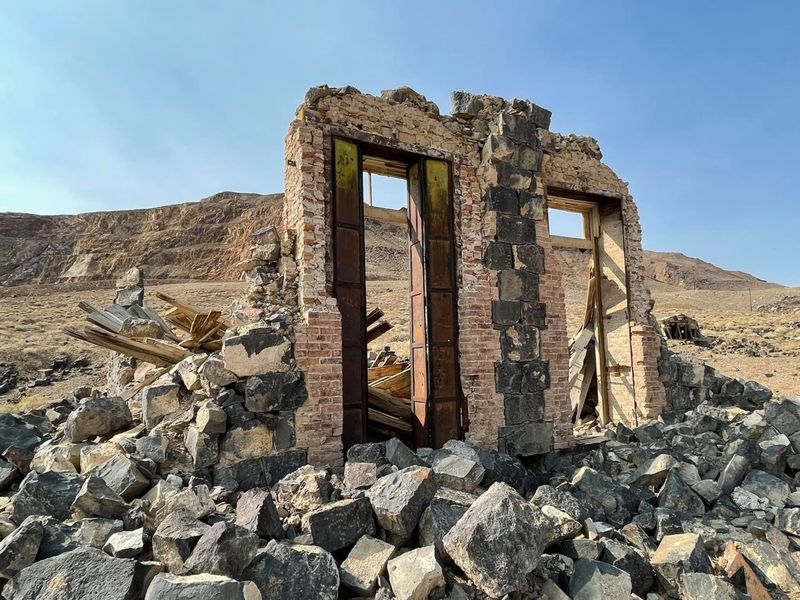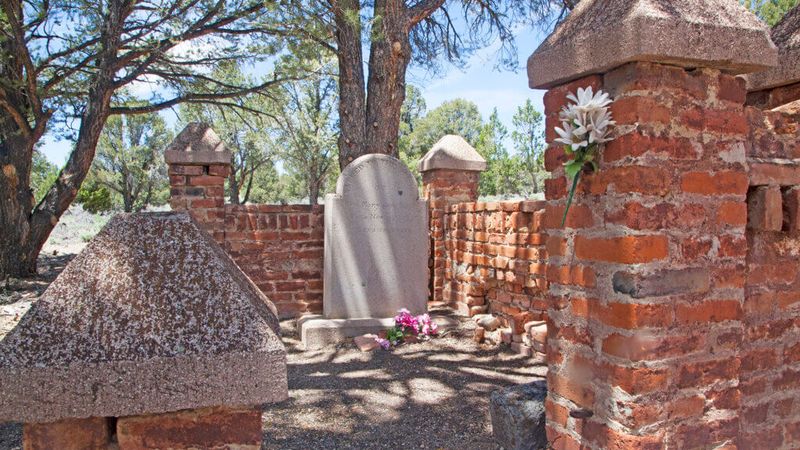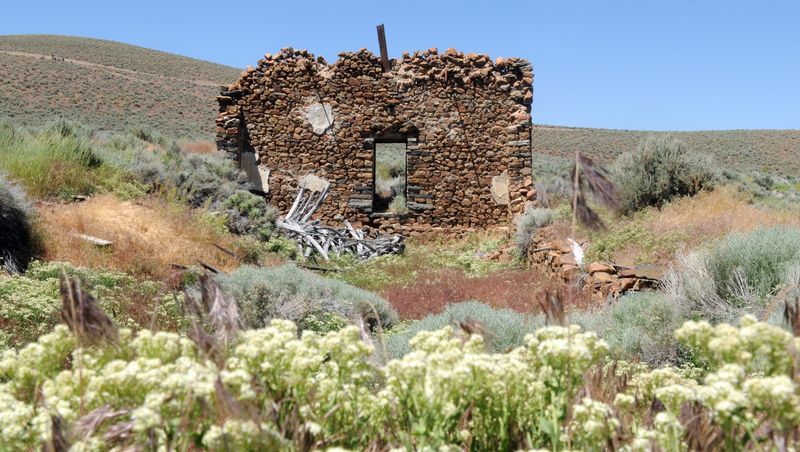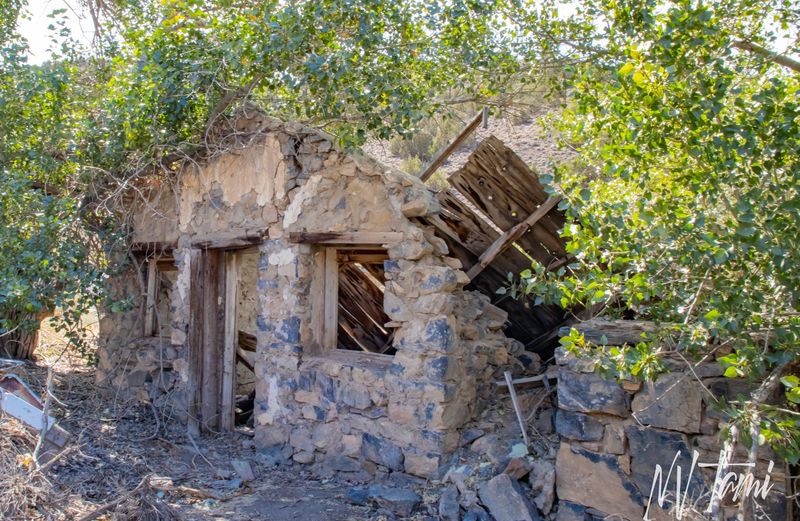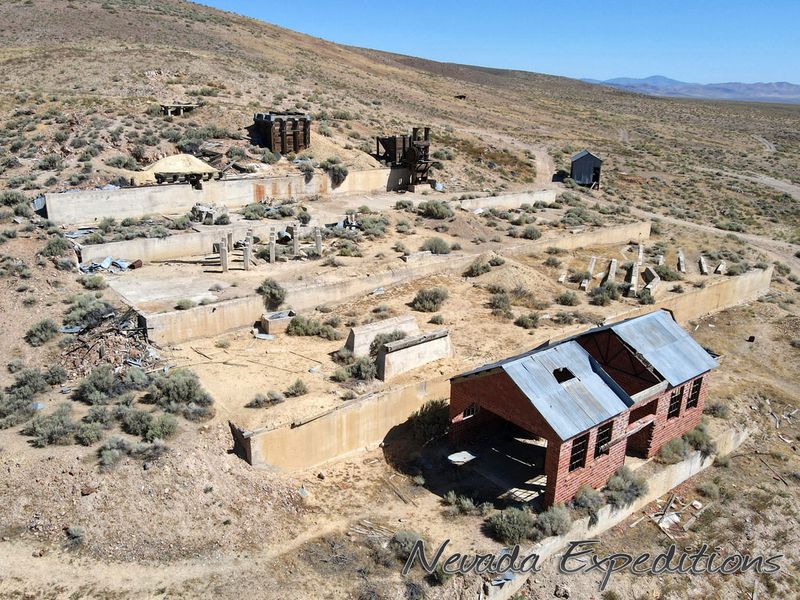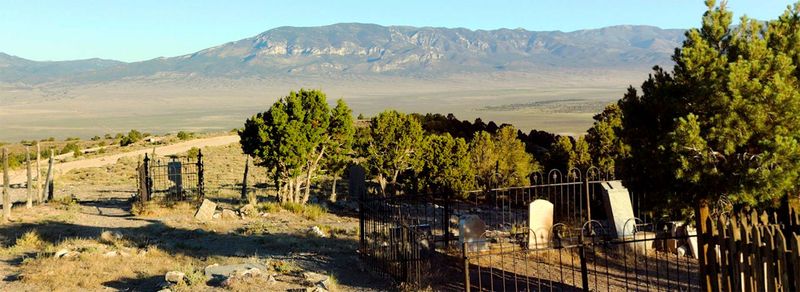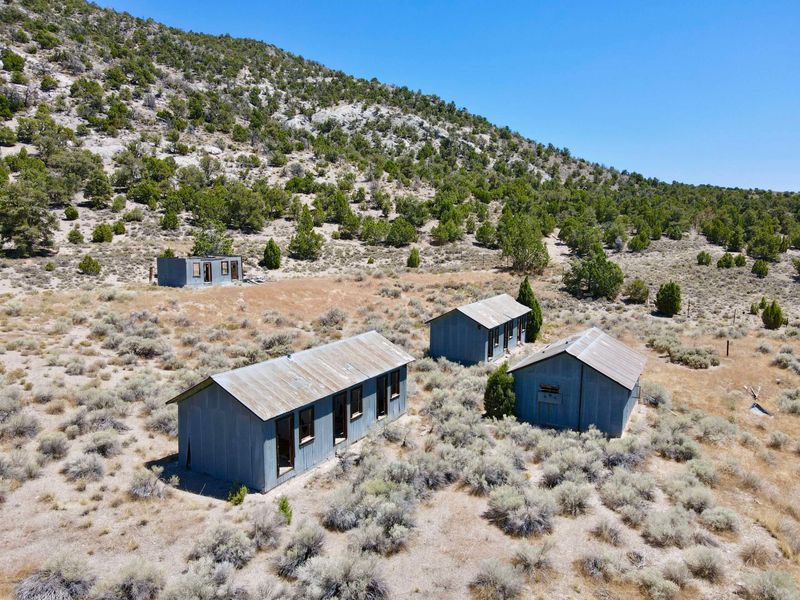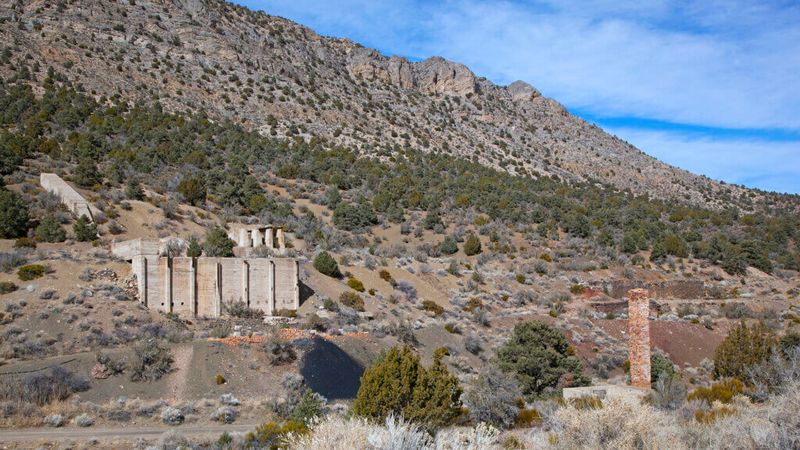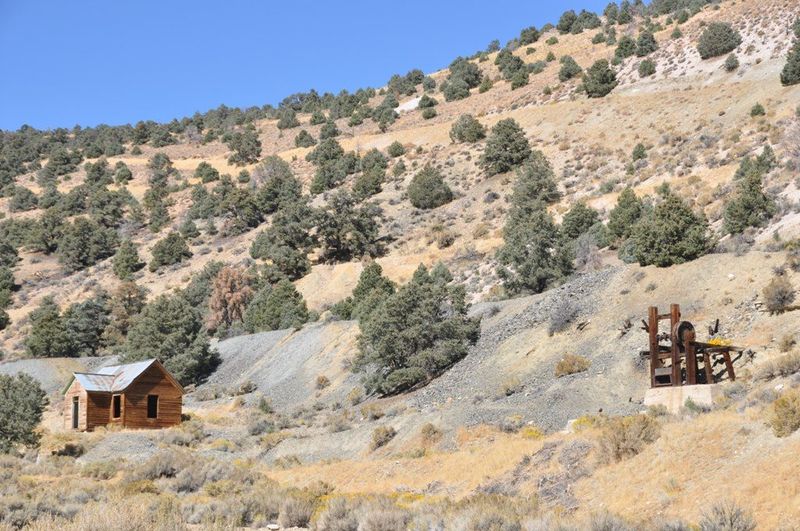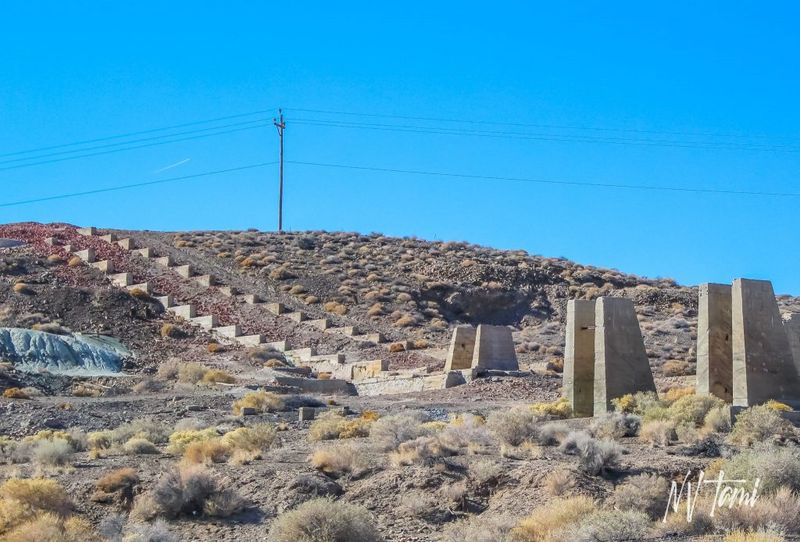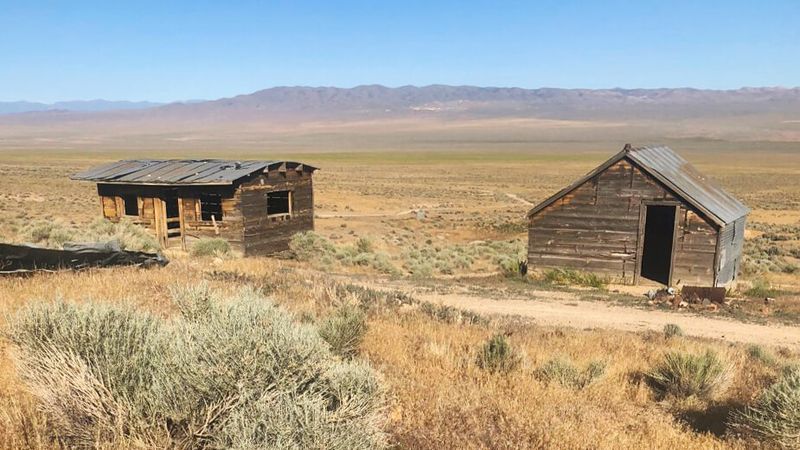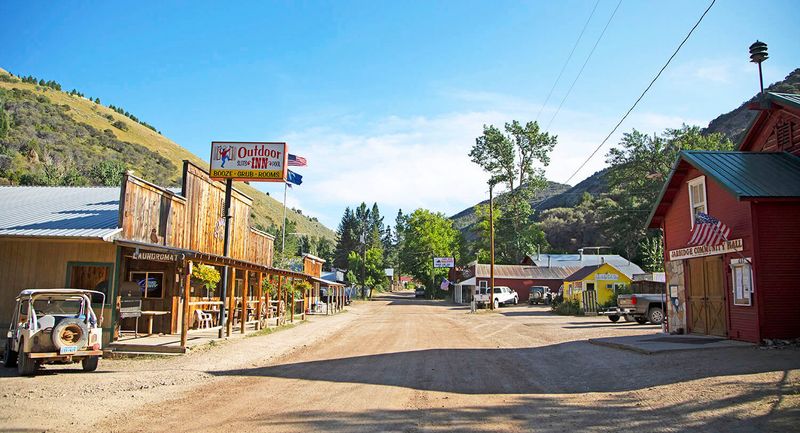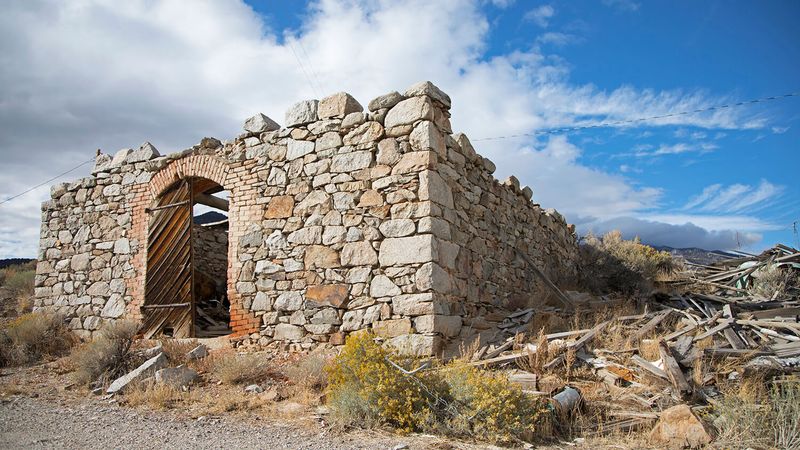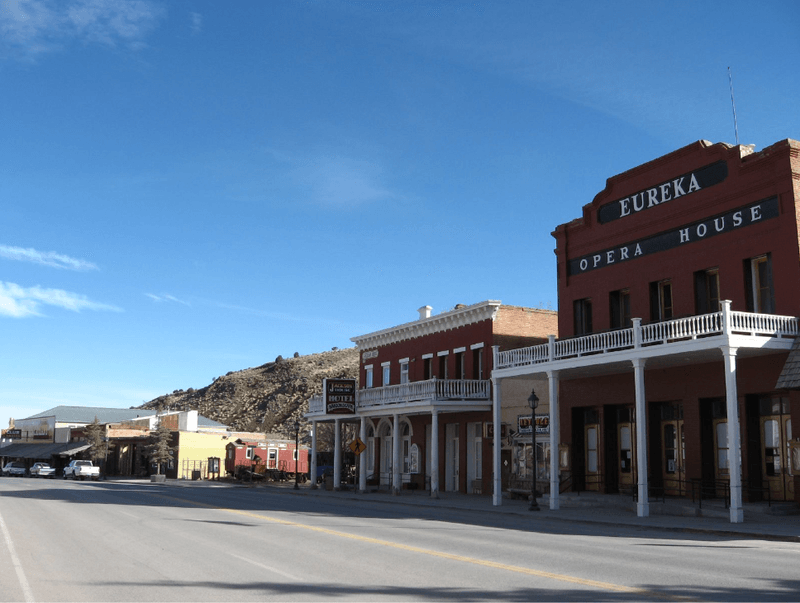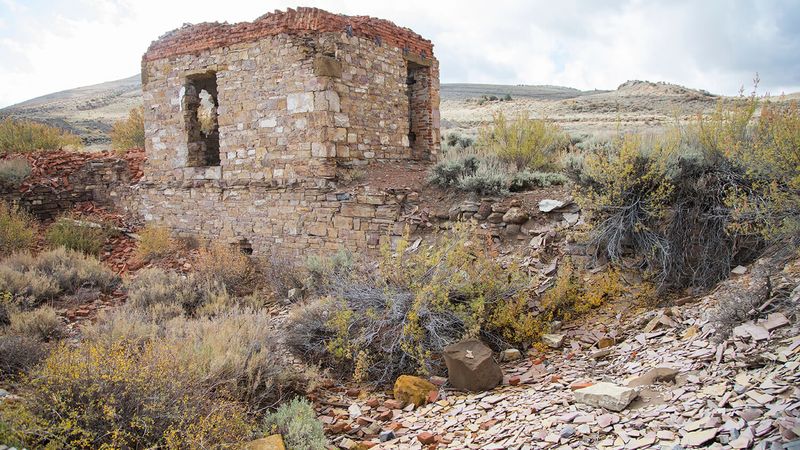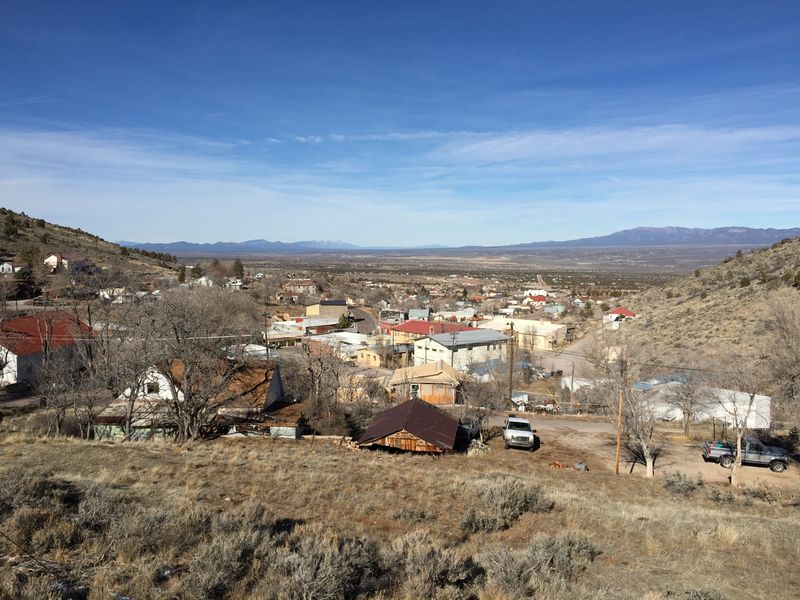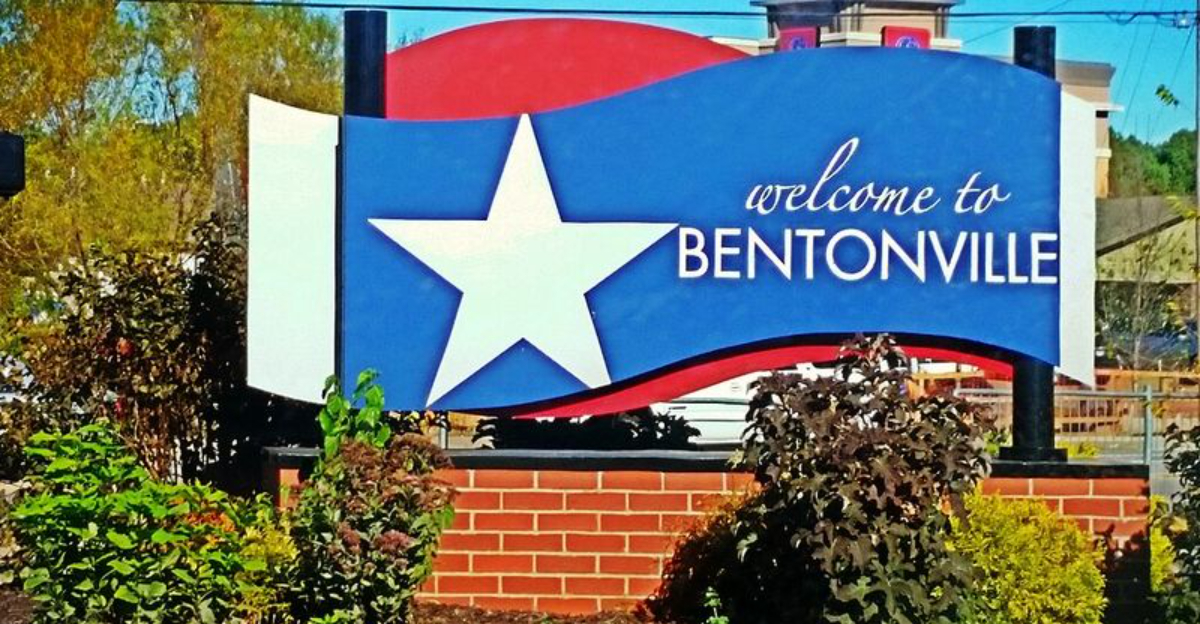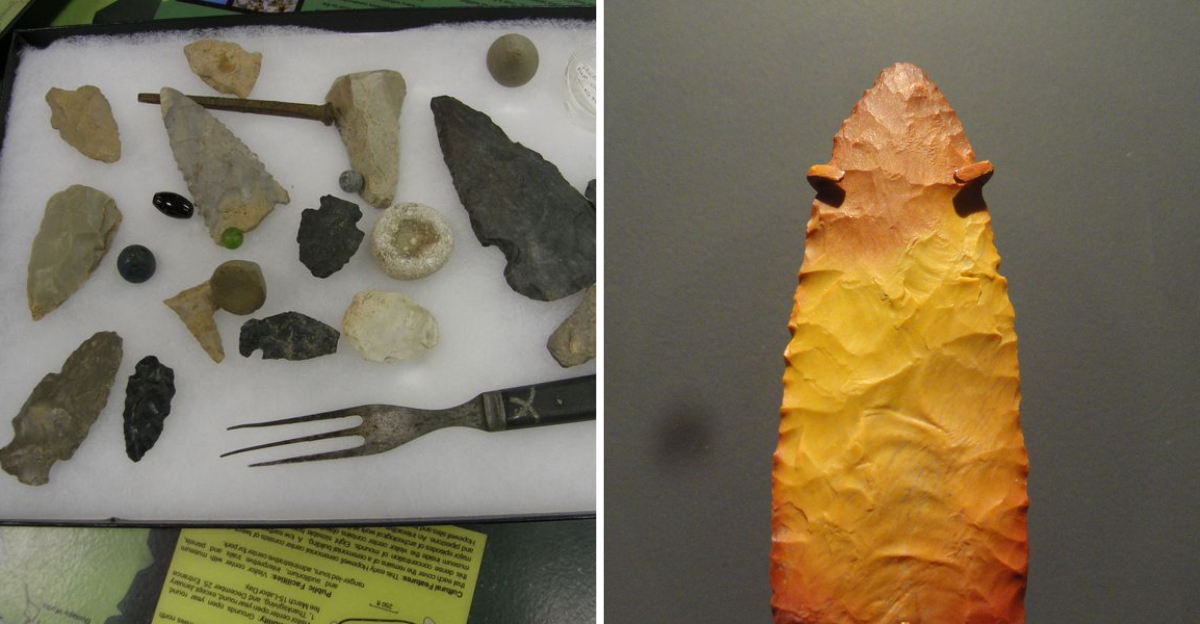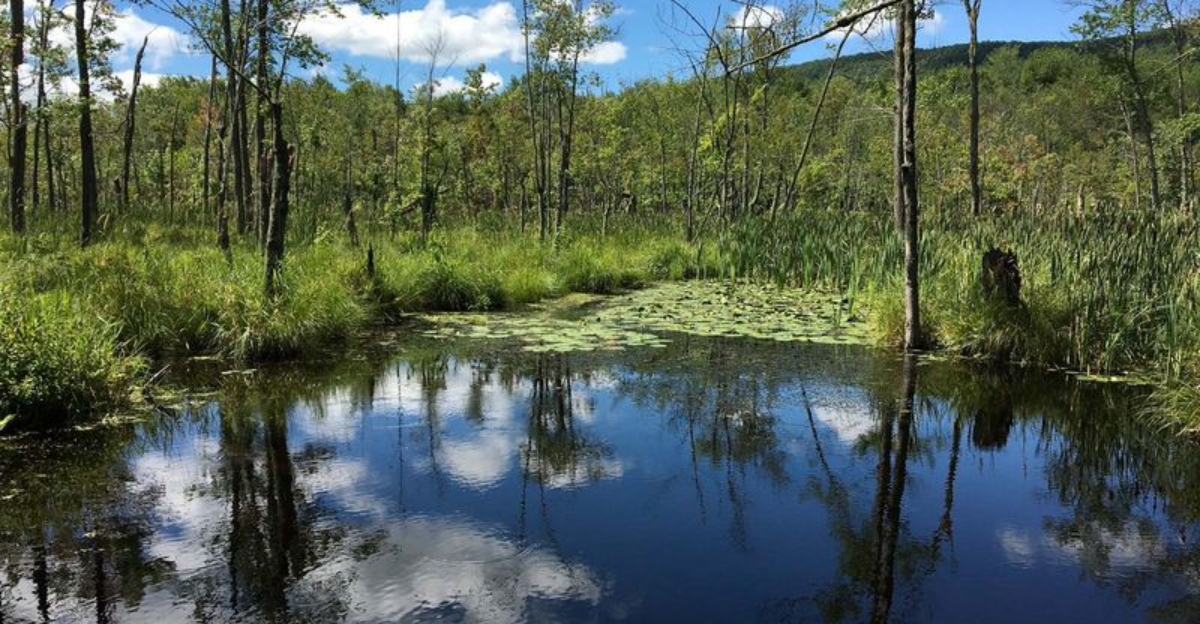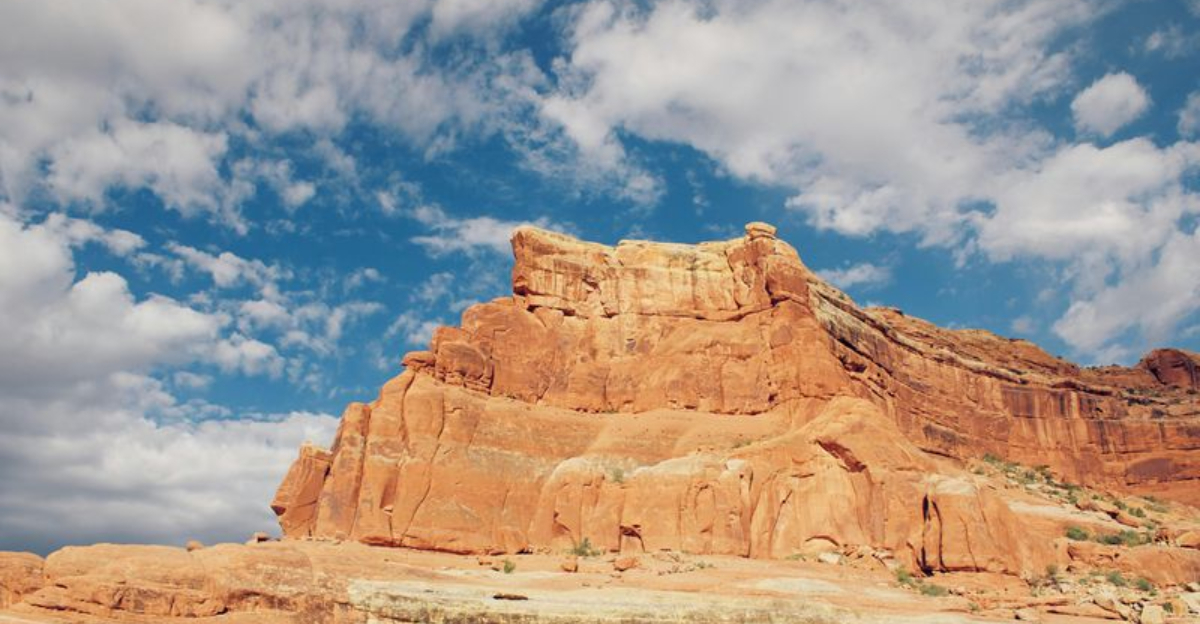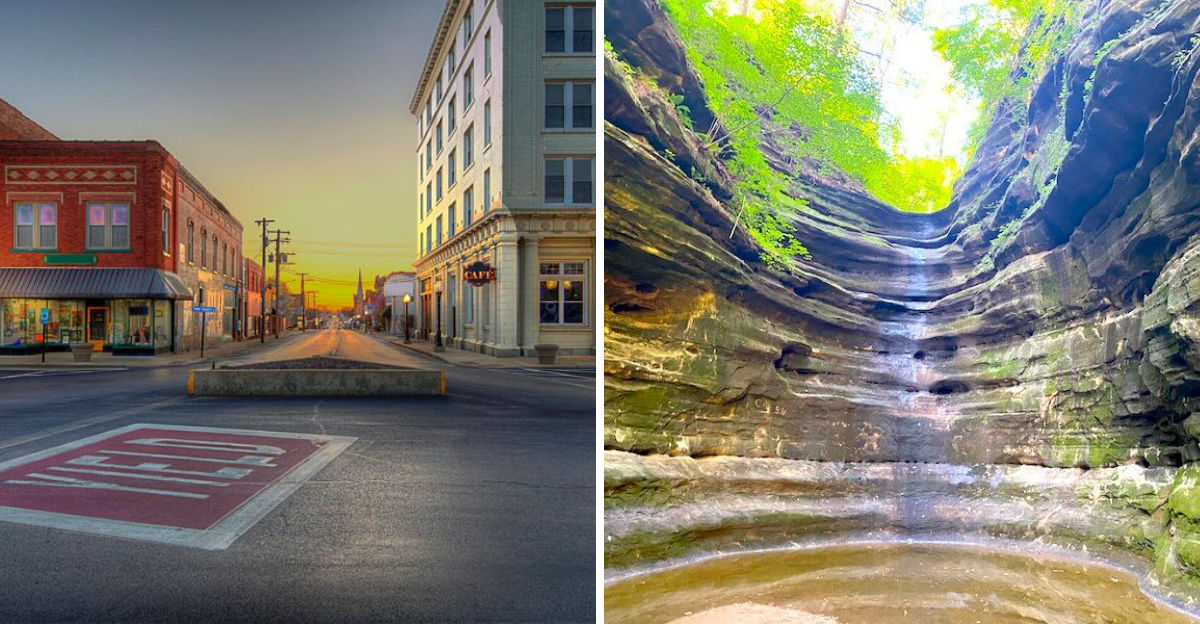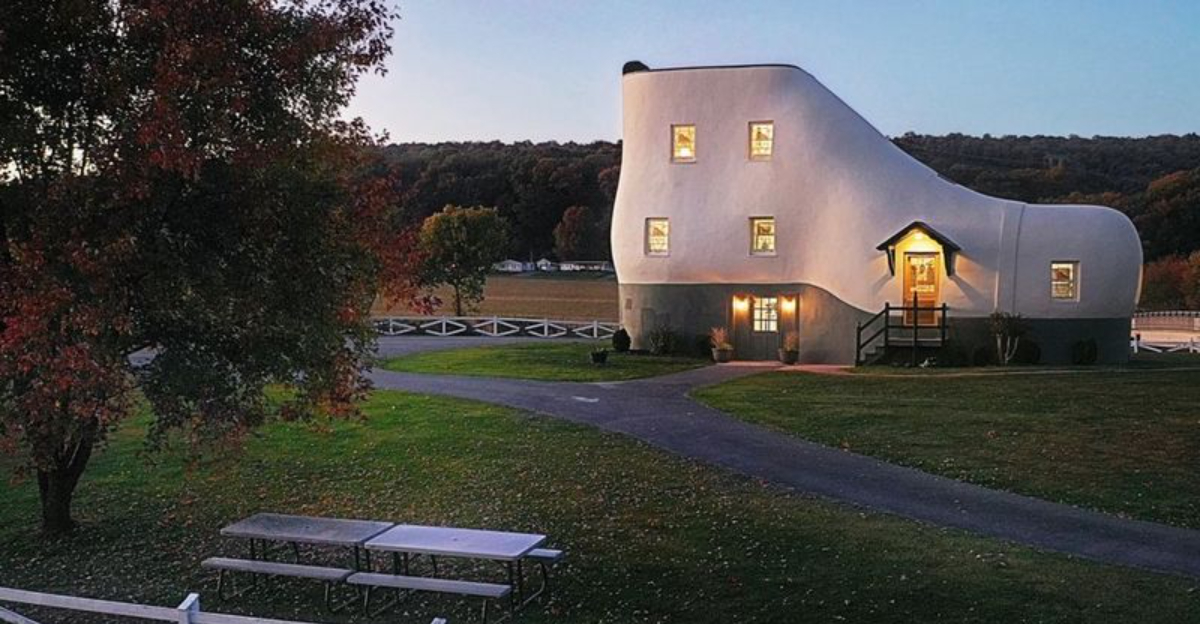Forgotten Echoes Live On In 20 Ghost Towns Of Nevada’s Great Basin
The vast Nevada desert holds secrets of a bygone era when mining booms turned barren landscapes into bustling communities.
Today, these abandoned settlements stand frozen in time, their weathered buildings whispering tales of triumph and heartbreak.
Join me on a journey through Nevada’s Great Basin to explore 20 ghost towns where the forgotten echoes of the past still linger in the desert wind.
1. Berlin: Where Time Stands Still
Hidden within Nevada’s high desert lies a remarkably preserved slice of mining history.
The wooden structures here have weathered a century of harsh elements, yet remain standing as silent sentinels to the past.
Visitors can wander among the old mill, mine supervisor’s house, and assay office.
What makes Berlin truly special is its nearby ichthyosaur fossils – ancient marine reptiles now entombed in stone – creating a unique blend of human and natural history.
2. Belmont: The Silver Baron’s Paradise
Nestled among the sagebrush, Belmont’s impressive brick courthouse still dominates the landscape, a testament to its former prosperity.
Silver discoveries in 1865 transformed this spot into a thriving community of 2,000 souls.
Unlike many mining camps, Belmont boasted proper streets, businesses, and even a school.
The brick and stone ruins scattered across the hillside paint a picture of nineteenth-century ambition and optimism that ultimately faded with the depleting ore veins.
3. Goldfield: The $86 Million Boom Town
Once home to 20,000 fortune-seekers, Goldfield briefly claimed the title of Nevada’s largest city. The magnificent stone courthouse still stands proud, a symbol of extravagant wealth extracted from the earth.
Gold fever struck here in 1902, and within five years, miners had pulled an astounding $86 million from the ground.
Walking through the remaining structures feels like stepping into a faded photograph where champagne once flowed freely and mining barons lived like kings before the inevitable bust.
4. Candelaria: Ruins Under Desert Skies
Parched lips and empty canteens plagued the miners of Candelaria, where water was more precious than silver.
Water had to be hauled in by wagon and sold for $1 per gallon – equivalent to a day’s wages for most workers!
Founded in 1864, the town’s fortunes rose and fell with the nearby mines.
Today, wind whistles through crumbling stone foundations and weathered wooden beams, while scattered mining equipment rusts slowly under the relentless desert sun.
5. Aurora: The Tale of Two States
Would you believe a town could be in two states at once? Aurora’s residents didn’t know whether they lived in Nevada or California for years!
This confusion led to the peculiar situation where Aurora’s founder, Esmeralda, simultaneously served as a California assemblyman and a Nevada county commissioner.
Though little remains today, the cemetery with its weathered headstones tells stories of dreams both fulfilled and shattered in this once-prosperous silver camp.
6. Unionville: Mark Twain’s Mining Misadventure
Among the scattered stone ruins and weathered wooden structures, you might sense the ghost of America’s greatest humorist.
Samuel Clemens (Mark Twain) tried his hand at mining here in 1861, failing spectacularly before discovering his true calling as a writer.
In his book “Roughing It,” Twain described his mining cabin as “a sufficiently ugly habitation.” The town once boasted 1,500 residents, a newspaper, and several saloons.
7. Humboldt City: The Six-Month Wonder
Fortune’s flame burned bright but brief in Humboldt City. After promising silver discoveries in 1860, this settlement exploded with activity – only to fizzle out within months when the ore proved disappointingly shallow.
For one glorious moment, the town boasted hotels, stores, and saloons serving a population of several hundred optimistic souls.
The desert has nearly erased all traces now, with just a few foundation outlines and scattered debris marking where dreams once flourished beneath Star Peak’s watchful gaze.
8. Tunnel Camp: Underground Ambitions
Beneath your feet lies an engineering marvel few remember. Unlike most mining settlements that sprouted above valuable ore, Tunnel Camp existed solely to support an ambitious 1,800-foot tunnel bored straight into the mountainside.
Workers labored day and night, pushing deeper into the earth in search of rich silver veins. Their humble stone cabins and collapsed mining structures now blend into the hillside.
Standing at the sealed tunnel entrance today, you can almost hear the ghostly echoes of pickaxes striking stone.
9. Osceola: Where Gold Nuggets Lined the Streets
Lightning strikes twice in Osceola! After the initial gold rush faded, a freak thunderstorm in 1872 washed away topsoil to reveal gold nuggets literally lying in the streets.
Founded in 1872, this high-elevation camp eventually produced over $5 million in precious metal.
The cemetery remains the most intact feature, with wooden and stone markers telling tales of hard lives lived in pursuit of elusive fortune amid these remote mountains.
10. Metropolis: The Planned City That Never Was
Concrete ruins rising from sagebrush tell a story not of mining, but of agricultural dreams gone dry.
Unlike most Nevada ghost towns, Metropolis was a planned community established in 1910 with ambitious irrigation schemes to transform desert into farmland.
The elegant archway of the former school building stands as the most prominent reminder of what might have been.
Legal battles over water rights, drought, and jackrabbits devouring crops doomed this would-be metropolis. By 1950, even the most determined residents had abandoned their concrete dreams.
11. Tenabo: The Town That Moved
Ever heard of a nomadic town?
Tenabo actually relocated three times, following promising ore veins across the landscape. Each time miners exhausted one deposit, they dismantled their buildings and rebuilt elsewhere!
The name comes from the Shoshone word for “dark rock,” referring to the manganese-stained outcrops that first attracted prospectors in the 1860s.
Few structures remain intact today, but scattered mining equipment, tailings piles, and foundation outlines mark the spots where this wandering settlement temporarily took root.
12. Tybo: The Town That Refused to Die
Cats have nine lives, but Tybo had at least three!
This resilient mining camp experienced booms in the 1870s, 1920s, and again in the 1960s, with residents returning each time new technology made extraction profitable again.
A charcoal kiln stands as the most impressive remnant, once used to produce fuel for smelting operations.
Walking through the scattered wooden buildings in various states of decay feels like traversing different time periods simultaneously.
13. Pine Grove: Hidden in the Junipers
Surrounded by twisted juniper trees (mistakenly called pines by early settlers), this remote settlement feels like stepping into a Western movie set.
The town’s stone buildings have remarkably withstood time’s assault, their walls still standing proudly against the elements.
Gold was discovered here in 1866, and at its peak, Pine Grove supported two hotels, seven saloons, and about 1,000 residents.
14. Thompson: The Forgotten Stagecoach Stop
Long before glittering casinos defined Nevada, dusty stagecoaches rumbled through Thompson, carrying passengers, mail, and silver bullion.
Founded in the 1860s, Thompson featured a stage station, blacksmith shop, and accommodations for weary travelers.
The thick stone walls of the station still stand, their sturdy construction a testament to builders who never imagined automobiles would render their work obsolete within decades.
15. Seven Troughs: Victim of Flash Flood
Mother Nature dealt the final blow to this promising mining camp.
After surviving the typical boom-and-bust cycle common to Nevada settlements, Seven Troughs met its dramatic end in 1912 when a massive cloudburst sent walls of water roaring down the narrow canyon.
Named for seven distinct troughs where rainwater collected, this gold camp once supported several hundred residents.
16. Jarbidge: The Last Gold Rush Town
Tucked away in Nevada’s northeastern corner hides a town that arrived fashionably late to the mining party.
While most gold rushes occurred in the 1800s, Jarbidge’s boom didn’t begin until 1909, earning it the distinction of America’s last gold rush town.
Remarkably, Jarbidge never completely died. A handful of residents still occupy historic buildings during summer months.
The town gained notoriety in 1916 when it witnessed the last stagecoach robbery in American history – a crime that produced the first murder conviction using palm print evidence.
17. Cherry Creek: The Town With Nine Lives
Talk about resilience! Cherry Creek has risen from the ashes multiple times since its 1872 founding.
After fires devastated the business district, determined residents rebuilt again and again, refusing to let their town die.
Silver, gold, and tungsten mining supported this community through various booms. The impressive stone schoolhouse and several well-preserved wooden structures stand as monuments to frontier determination.
18. Eureka: The Town That Refused to Disappear
Rising like a Victorian mirage from the desert floor, Eureka’s ornate opera house and courthouse stand in stark contrast to most Nevada ghost towns.
Though its population has dwindled from 10,000 to just a few hundred, Eureka stubbornly refuses complete abandonment.
Founded after an 1864 silver strike, the town became famous for its advanced smelting technology.
The remarkably preserved downtown features numerous 19th-century buildings including the 1880 courthouse that still functions today.
19. Hamilton: The $15 Million White Pine Wonder
Perched at a breathtaking 8,000 feet elevation, Hamilton exploded from empty mountainside to 10,000 residents in just months after rich silver discoveries in 1868.
Newspaper accounts described a city of substantial buildings “rising like magic.” The magic vanished almost as quickly when ore quality disappointed investors.
Today, the stone walls of Withington’s Hotel and the brick chimney of the Treasures Mining Company office stand like sentinels, guarding memories of Hamilton’s brief glory days.
20. Pioche: Where 72 Men Died With Their Boots On
Gunsmoke and brimstone defined early Pioche, where legend claims 72 men were buried before anyone died of natural causes!
This notoriously lawless silver camp saw its cemetery fill with victims of mining accidents, disease, and countless shootouts during the 1870s.
The Million Dollar Courthouse (which actually cost $88,000 but took a million to pay off due to corruption) still stands as a monument to frontier excess.

